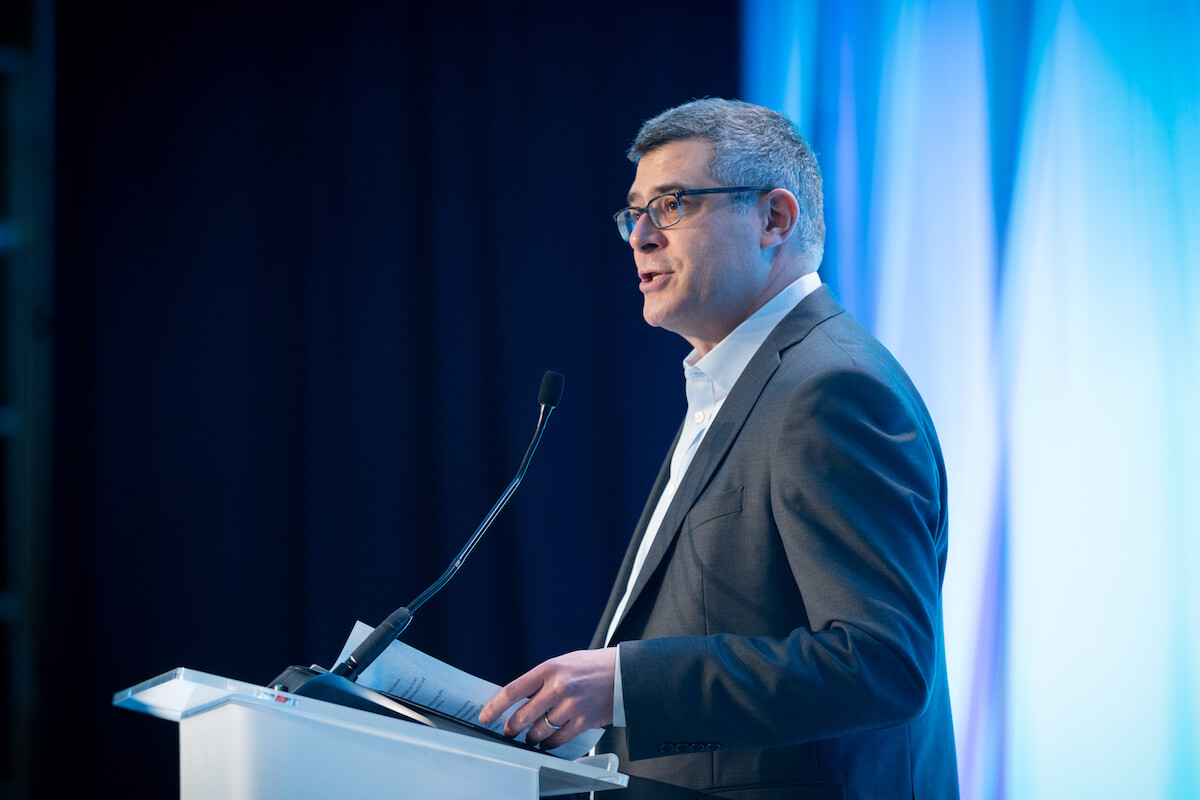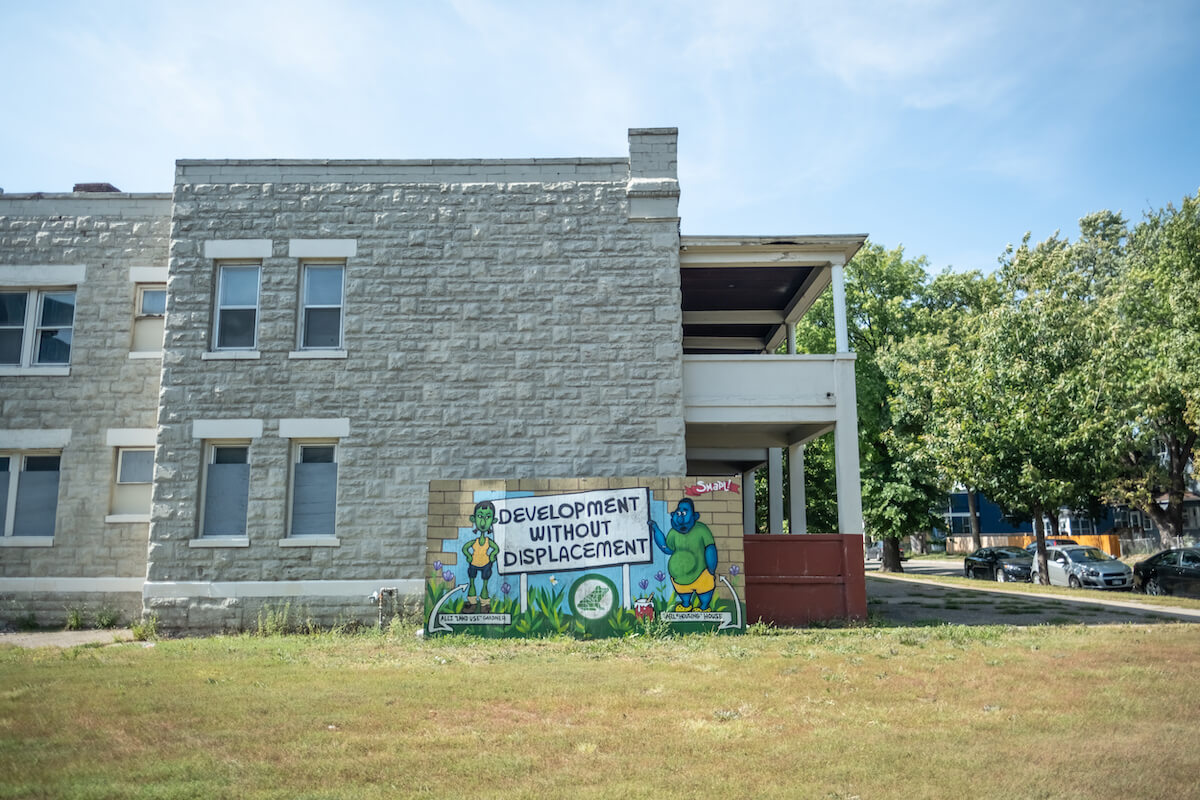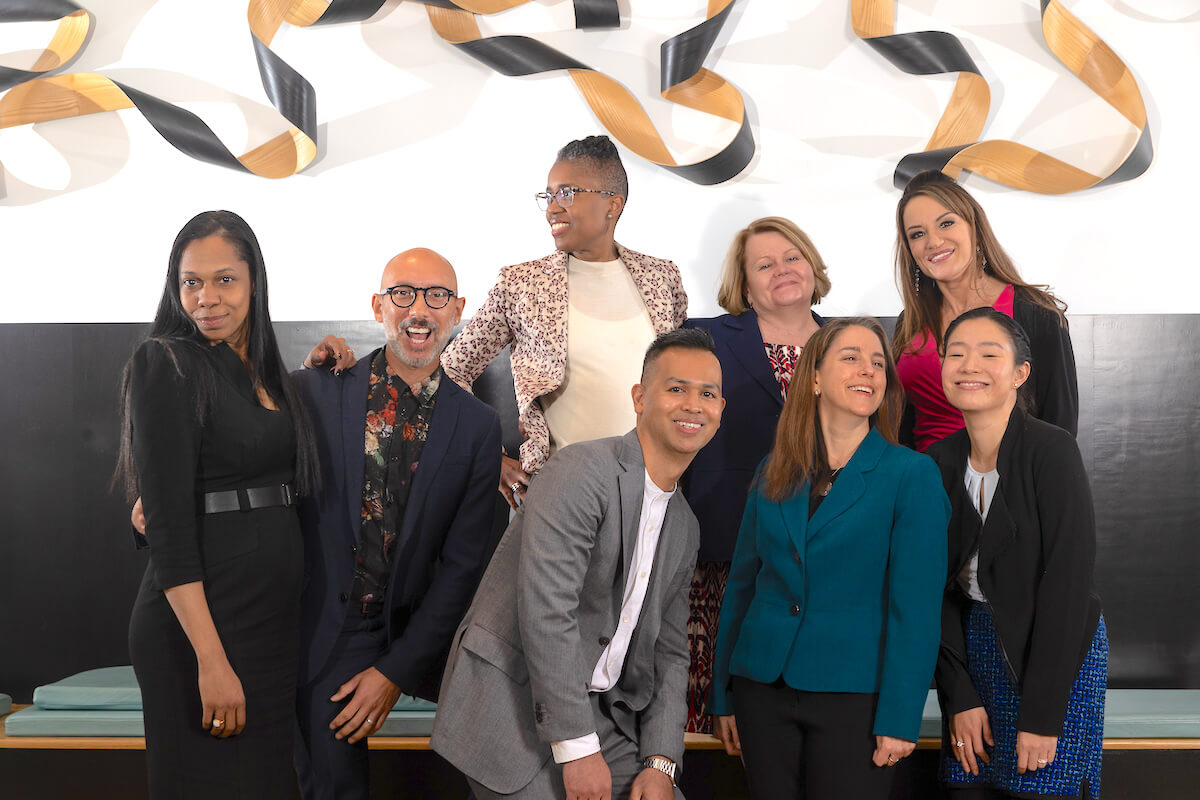Developing an investment strategy that meets our fiduciary requirements as resource stewards, embodies our racial justice values, and prioritizes the communities we serve has been, to say the least, complicated. Perfection is not the goal. We knew that in this work, we would encounter systemic racism, micro and macro-aggressions, and many people questioning our ability to follow through on our goals.
The process of iterating on our investment strategy made me deeply appreciate Kataly’s commitment to experimentation. In the world of tech, experimentation is often tied to “failing fast” in an attempt to find the best solution as quickly as possible, in order to maximize profit. But for us, our intention with all of our experiments in philanthropy is to imagine the possibilities if we are able to act in alignment with our values.
Previously in this series, we have written about the insufficiency of ESG strategies. Because of what we found lacking in ESG, we experimented with defining justice as an investment pillar. That means understanding who and what harms Black, Indigenous, and all communities of color, and not investing in those entities.
During our research, we suspected, and confirmed, that many philanthropic institutions use mutual funds for diversification purposes, but don’t necessarily dig into the underlying investments to see if those investments are aligned with their mission. More often than not, there is misalignment. We wanted to understand what we were and weren’t investing in so that our investment strategy was aligned with our grantmaking strategy in as many ways as it could be. For example, we did not want to invest in community organizing in Richmond, California while also investing in Chevron, a corporation which has done and continues to do harm to that community. Having these conversations with investment professionals was often challenging, given that their time is more often spent on managing return expectations and making money for their clients.
Initially, our idea for going beyond ESG was to develop an investment strategy wherein we held our fixed income investments with community banks and community development financial institutions (CDFIs). We wanted our investments to be held in the community before being granted out to the community, and we wanted to receive a non-extractive return. We also wanted to support people of color-led and -serving financial institutions who have been and are overlooked, underinvested, or deemed “too risky” because of who they served.
Investing solely in fixed income – think CDs, bonds, and private debt – supported our broader investment and cash management goals as a spend-out foundation. This strategy allowed us to follow through on the investment strategies we had set:
- mission-alignment;
- capital preservation – ensuring that we did not lose any money in our unrestricted reserve; and,
- liquidity, so funds would be available for grantmaking.
Finally, because we had answered the question of what is enough for Kataly, we could concentrate on creating an investment strategy that sought a non-extractive return.
We knew we would face barriers, but I did not anticipate the resistance I would face from people and organizations who externally pledged to support diversity. I recognize that my expectations may be because of my own privilege as a white woman. There were many hard conversations where we asked different advisors and asset managers questions about what racial justice meant to them and it became clear that they looked at justice as primarily an internal diversity strategy, as opposed to addressing societal structural racism through changing their procedures on how they make investment decisions, or to whom investment capital flowed.
We had hoped that we could build on existing work, such as investing in people of color -led banks and CDFIs through existing product offerings. However, the amount of money we were trying to place created issues for those institutions, either because they didn’t have the balance sheet to support it or we were told those institutions were too “risky” by asset managers. As a reminder from an earlier post, even when we shared that we would be willing to take on more credit risk as they defined it, we were told that those managers wouldn’t invest in institutions that don’t meet their credit criteria because then it represented a reputational risk to their institution. This is anti-Blackness cloaked in credit risk.
One of the hardest parts of creating the investment strategy was witnessing how people saw the communities that our grantees come from as inherently more risky than white communities. These attitudes showed up in subtle questions about risk and return. These are questions that are hard to explicitly identify as racist or sexist, but ones that are clearly intended to minimize and discount people of color.
In these moments of challenge, I was grateful that we had internal clarity on what we value, who we serve, and how we serve them. I also deeply appreciated the trust we had built internally as a team. That trust created a space where we could process our frustrations with existing systems, and share our anger about the racism and sexism we were encountering, as foundation leaders and on the behalf of our grantees. And, in these conversations, we also found empathy and patience for the people we were frustrated with. We remembered our own journeys to arrive at this stage in our process, and reminded ourselves that we do not have all of the answers. In our next piece, I look forward to sharing how we pivoted, and took steps to creatively overcome these barriers.











